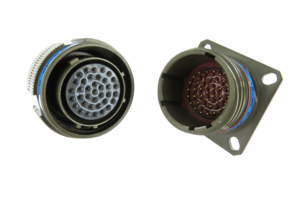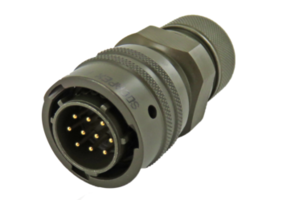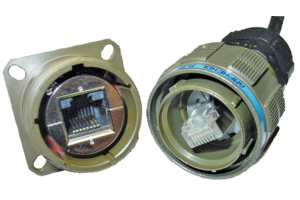Since Industrial Ethernet is derivated from office Ethernet, it is clearly an open standard.
Main advantage for customers: there is no restriction with manufacturer’s own proprietary protocols such as with fieldbuses.
Examples:
Profibus / Profinet : Siemens
CAN / CANOpen (/DeviceNet : Rockwell)
FIP : Schneider
Interbus : Phoenix contact
Thus any IEEE 802.3 device with a standard 10/100BaseT(X) Ethernet port can be easily connected to each other by just plugging them into the same Ethernet LAN. In addition, Ethernet is already commonplace in office environments, and offers many useful services, such as e-mail, FTP, and web browsing, all well known to users. Applying these services in an industrial control network gives users a head start, since they do not need to spend a lot of time learning new application programs. This also means that training costs can be lowered, and development time can be speeded up, since system developers are already familiar with the software that is readily available for Ethernet applications.




